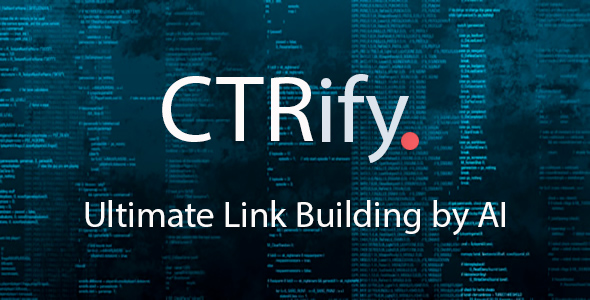Many people are attracted to SEO because it's "free web traffic". Your business can invest in SEO each month by producing content, conducting outreach, and optimizing existing pages, and then get traffic from that investment throughout the year. And while paid search may have better overall targeting, nothing can compete with the influence SEO has on local exposure. SEO focuses on optimizing your website to appear higher in search results so you can capture more organic traffic.
It's also important to expand your SEO strategy over time so you can build on the progress you established the first time around. We'll look at the difference between SEO and paid advertising, and determine which is best for you. SEO also involves optimizing the technical aspects of your website, such as speed, reliability, indexing, mobile-friendliness, and security. SEM is an umbrella term that includes SEO and a variety of paid advertising strategies performed on search engines.
While the right SEO experts can get around Google's algorithms to deliver the best results, it's still harder to control their marketing. But brands can use SEO to appear in additional areas of a results page with rich snippets, the Local Map Pack and the Knowledge Graph. While it can take months to see the results of your SEO strategy, it can take a few hours to see the results of your PPC campaign. On the other hand, SEO takes time (often months or even years) and will definitely test your patience.
They can be complementary, but only if the website itself is suitable for SEO first, then SEM is more likely to succeed. With SEO you can expand your global reach exponentially and continuously with a single piece of content. SEO and SEM will continue to change, as the major search engines continually change their ranking parameters.

